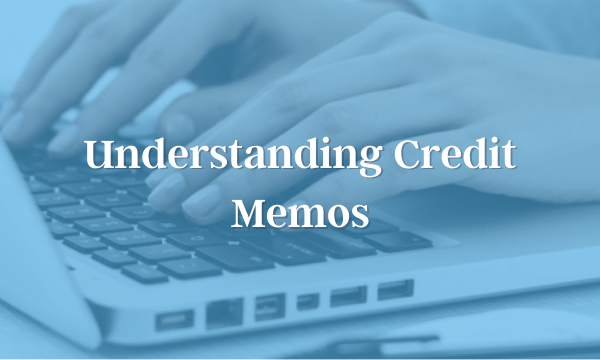Have you ever given a customer a discount on an item, after they’ve received the item but still owe payment? To reconcile your financial records, you’ll need to create a credit memo. If credit memos confuse you—or worse, you don’t know what they are—this guide will help you understand how they work and why you need them.
What is a credit memo?
A credit memo is often sent to a buyer from a seller, reducing the cost of an item. This amount is credited toward the existing balance on the buyer’s account, which reduces the total. For instance, if you give a buyer a $100 credit, you’d reduce the amount owed by $100.
It’s not the same thing as a refund, since refunds return actual money to the seller. Credit memos are used when the buyer still owes money to the seller. It would be impractical to ask your buyer to pay $1000, then refund $100. Instead, you can issue a credit and reduce the amount owed to $900.
Credit memos can be used in many situations: defective items, sudden price drops right after a purchase, product returns, and more.
A credit memo should list the purchase order number, item numbers, individual item, and total cost, payment and billing information, shipping information, date of purchase, and the reason for issuing the credit. This helps buyers and sellers keep track of inventory as well as important financial details. When you outsource bookkeeping duties to MCG Solutions, your credit memos will also help us reconcile your financial records accurately.
How does it work?
How might this work in real life? Imagine ordering books for a special author signing event. Your bookstore has sold hundreds of tickets to excited fans with the promise of a signed book. When you receive the shipment, about 20 percent of the books are damaged—there won’t be enough for the author to sign and distribute to all the ticket holders. The publisher agrees to refund the money for the books and covers part of the refunded ticket amount for your lost profits. You’ve agreed $500 credit will cover the issue.
The seller debits their sales, returns, and allowances by $500, and credits account receivable by $500. They will then send the buyer a credit memo.
The buyer will need to log the credit memo for their financial records. First, they reduce the amount of accounts payable by $500, since they will not have to pay for the damaged inventory. Second, they credit their inventory by $500, since they no longer have the damaged books.
If this still sounds confusing, the team at MCG Solutions can help. Our skilled bookkeepers know how to handle credit memos for both buyers and sellers. We can help you ensure your financial records are detailed and accurate, whether you’re dealing with credit memos, refunds, or other bookkeeping challenges. Call us today to learn more about how we can set your business up for success.

